For reptile enthusiasts with limited space, apartment living doesn’t mean giving up on the dream of keeping these fascinating creatures. Small-space reptiles offer the same captivating behaviors and evolutionary marvels as their larger counterparts, just in more compact packages. These scaled companions require less room, create minimal noise, and many species adapt beautifully to terrarium life. Whether you’re a first-time reptile keeper or looking to expand your collection without expanding your square footage, several species thrive in apartment settings while providing the rewarding experience of reptile ownership. Let’s explore the best reptile options for apartment dwellers, considering factors like size, maintenance requirements, temperament, and the unique qualities that make these small-scale reptiles such fascinating pets.
Leopard Geckos: Perfect Starter Reptiles
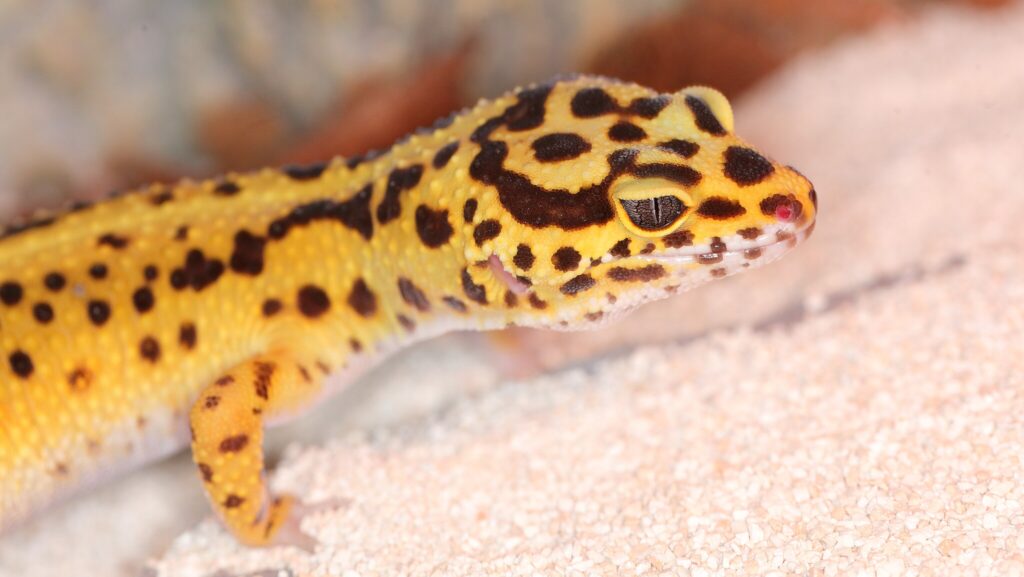
Leopard geckos have earned their reputation as one of the most apartment-friendly reptiles available, rarely growing beyond 8-10 inches in length. These captivating nocturnal lizards thrive in relatively modest enclosures, with a 20-gallon tank sufficing for a single adult. Unlike many reptiles, leopard geckos possess naturally docile temperaments and generally enjoy gentle handling once acclimated to their owners. Their care requirements are straightforward compared to many reptiles – they don’t need UVB lighting, can be fed on a simple diet of gut-loaded insects, and maintain clean habitats as they typically designate a specific area as their bathroom. Their distinctive spotted patterns, expressive eyes, and charming personalities make them engaging pets that won’t disrupt apartment living with excessive noise or space requirements.
Crested Geckos: Low-Maintenance Canopy Dwellers
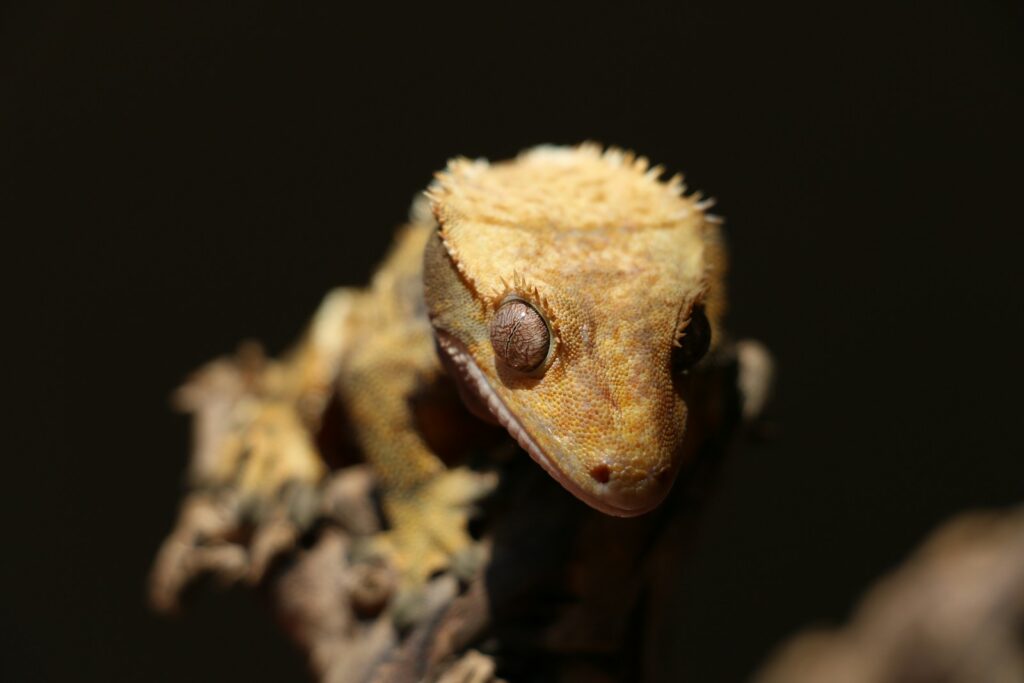
Crested geckos offer apartment residents a remarkable combination of exotic appearance and manageable care requirements. These arboreal geckos, native to New Caledonia, typically reach only 6-8 inches in length and thrive in vertically-oriented enclosures that take advantage of height rather than floor space. Their diet represents one of their most apartment-friendly attributes – they primarily subsist on commercially available powdered fruit mixes that require simple preparation and minimal storage space. Crested geckos don’t require the heating equipment most reptiles need, thriving at standard room temperatures between 72-78°F, which simplifies setup and reduces electricity consumption. Their distinctive crests, striking eye colors, and remarkable ability to change from vibrant to subdued coloration make them visually fascinating pets that fit perfectly into apartment living situations.
Kenyan Sand Boas: The Apartment-Friendly Snake
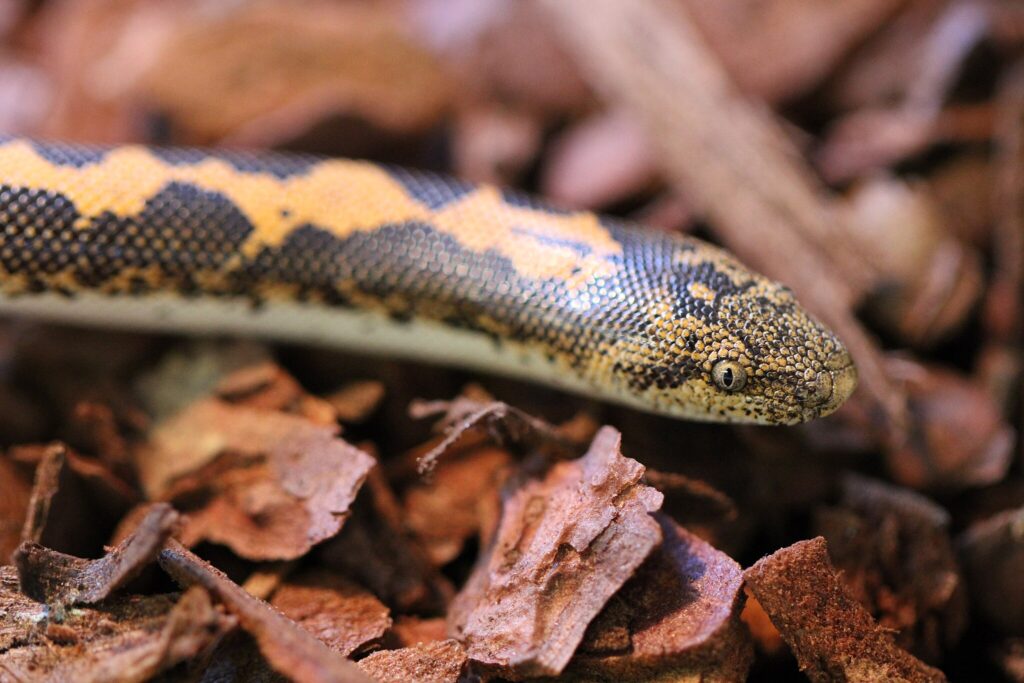
For apartment dwellers interested in keeping snakes, the Kenyan sand boa offers an ideal combination of small size and manageable care requirements. These stout-bodied snakes typically reach only 18-24 inches for females and 12-15 inches for males, making them among the smallest pet snake species available. Their space requirements are minimal – a 10-20 gallon enclosure provides ample room for an adult to thrive with proper substrate for burrowing. Kenyan sand boas possess calm, non-aggressive temperaments and rarely display the defensive behaviors common in larger snake species. Their feeding schedule is particularly apartment-friendly, as healthy adults typically eat only once every 10-14 days, eliminating the need for frequent prey storage and reducing associated odors that might concern neighbors or roommates.
Western Hognose Snakes: Charismatic Miniatures

Western hognose snakes combine small size with outsized personality, making them excellent apartment companions for those seeking an engaging reptile. These North American natives typically reach only 20-30 inches at maturity, with males staying particularly compact at around 15-20 inches. Their distinctive upturned snout, used for digging in their natural habitat, gives them an instantly recognizable and endearing appearance. Western hognoses are renowned for their dramatic but harmless defensive displays – they may flatten their necks, hiss loudly, or even play dead when startled, behaviors that are completely harmless but fascinating to observe. They thrive in relatively small enclosures (20-30 gallons for adults) with simple setups featuring a heating element, hiding spots, and several inches of substrate for burrowing behaviors.
Corn Snakes: Colorful and Calm
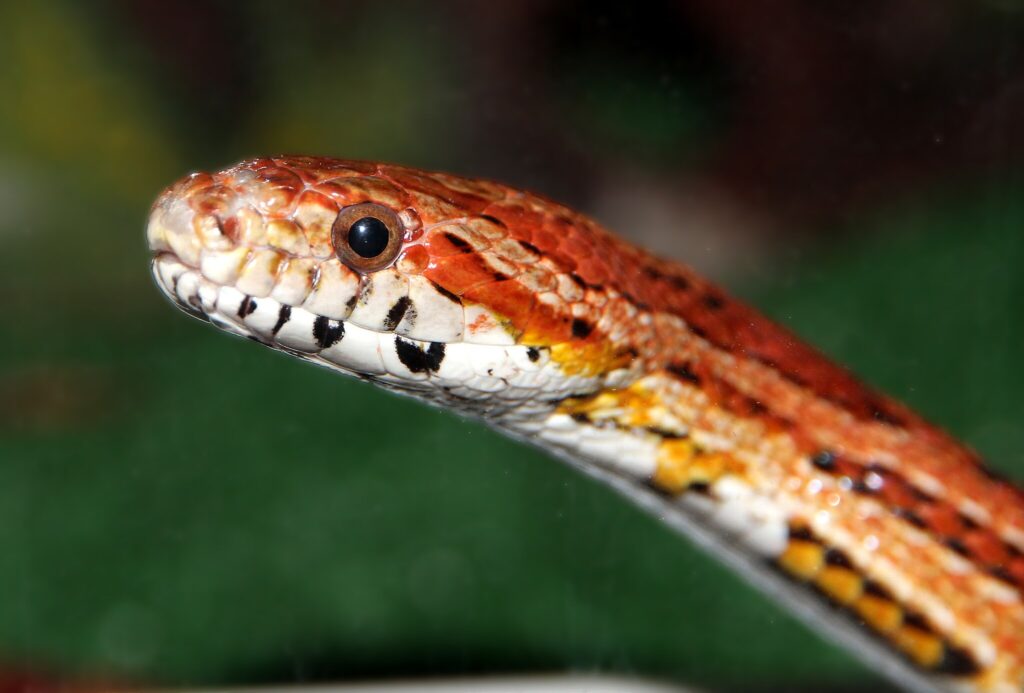
Corn snakes represent an excellent balance of manageable size and visual appeal for apartment keepers, typically reaching 3-5 feet but remaining slim-bodied and lightweight throughout their lives. These North American colubrids are available in dozens of captive-bred color and pattern variations (morphs), allowing apartment dwellers to select truly stunning specimens that match their aesthetic preferences. Their care requirements align perfectly with apartment living – they thrive in moderately-sized enclosures (40 gallons for adults), create minimal waste, and display calm temperaments that make handling sessions peaceful and enjoyable. Corn snakes are exceptional escape artists, requiring secure enclosures, but their non-aggressive nature means they pose little concern even if a temporary escape occurs within an apartment setting.
Gargoyle Geckos: Prehistoric-Looking Companions
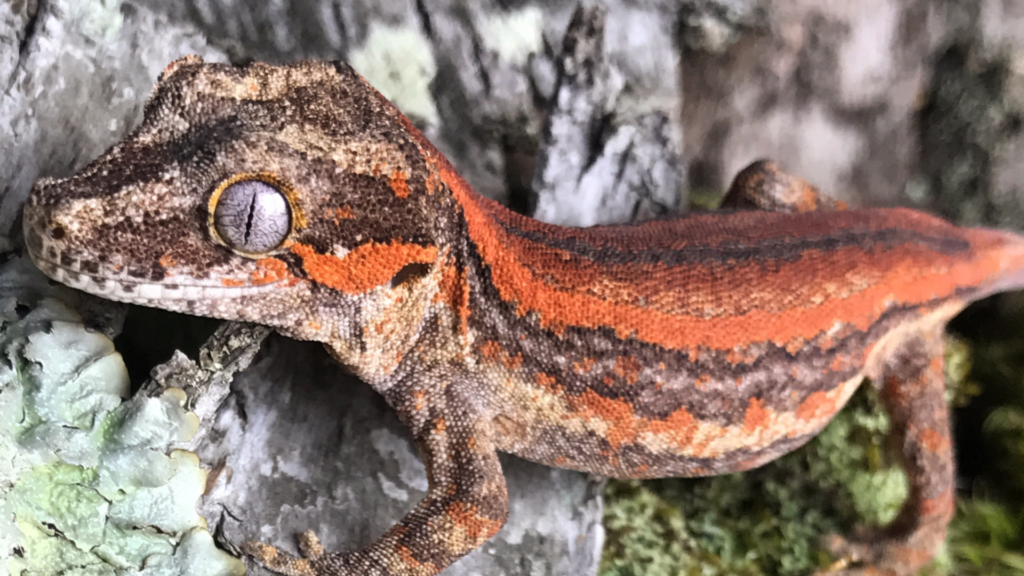
Gargoyle geckos offer apartment dwellers a prehistoric-looking pet that requires remarkably little floor space. These arboreal New Caledonian geckos typically reach 7-9 inches in length and thrive in vertically-oriented enclosures measuring approximately 18x18x24 inches for adults. Their distinct knob-like protrusions on the head and body give them a dragon-like appearance that makes them visually captivating without requiring elaborate setups. Like their relatives the crested gecko, gargoyles can subsist primarily on commercially available powdered diets supplemented occasionally with insects, simplifying feeding routines for busy apartment dwellers. These geckos operate perfectly at standard room temperatures with minimal additional heating requirements, reducing both equipment needs and electricity consumption in limited apartment spaces.
African Fat-Tailed Geckos: Desert Dwellers for Small Spaces
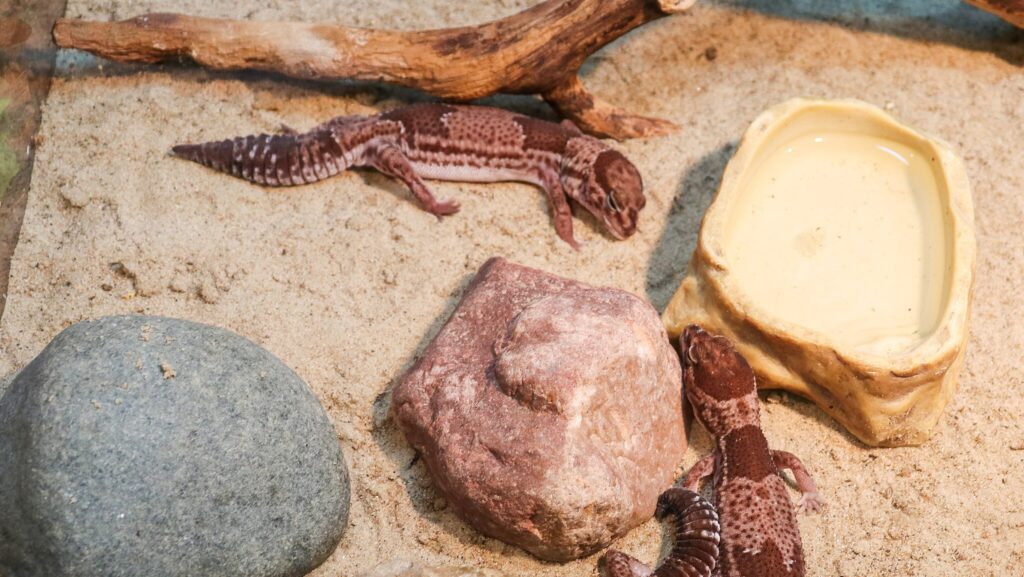
African fat-tailed geckos provide apartment residents with an alternative to leopard geckos that offers equally minimal space requirements but a distinctive appearance and behavior. These West African natives typically grow to just 7-9 inches and thrive in 20-gallon terrariums with proper temperature gradients. Their most distinctive feature – the thick, fat-storing tail that gives them their name – creates an immediately recognizable silhouette that differs from other commonly kept geckos. African fat-tailed generally display calm, slow-moving behavior and tolerate gentle handling well once acclimated to their keepers. Their humidity requirements are slightly higher than leopard geckos (around 50-60%), but this is easily maintained in apartment settings with partial screen lids and appropriate substrate choices without creating excessive moisture concerns for the dwelling.
Rosy Boas: Gentle Giants in Miniature
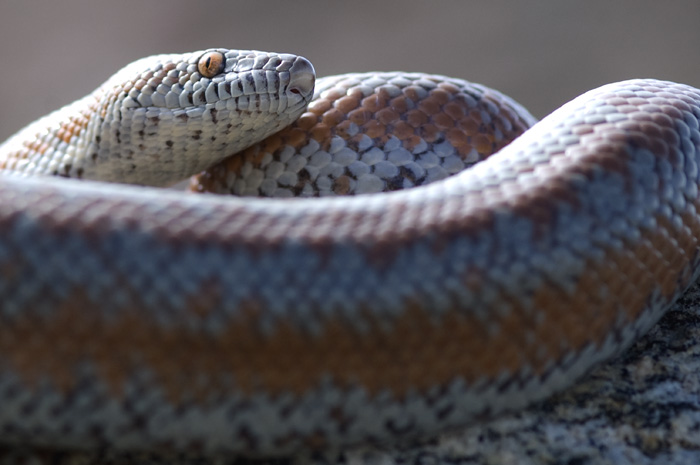
Rosy boas offer apartment dwellers the experience of keeping a heavy-bodied snake without the space demands of pythons or large colubrids. These North American constrictors typically reach only 2-3 feet in length while maintaining a substantial, satisfying girth that makes them feel substantial during handling sessions. Their temperament represents their most apartment-friendly quality – rosy boas rarely bite, preferring to curl into a ball when threatened rather than striking, making them exceptionally calm handling experiences even for novice keepers. These snakes thrive in relatively modest enclosures (20-30 gallons for adults) with simple temperature gradients and several hiding options to create security. Their feeding schedule – typically one appropriately-sized rodent every 10-14 days for adults – minimizes food storage concerns in limited apartment freezer space.
Anoles: Tiny Reptiles with Big Personalities

Green anoles and their related species offer apartment dwellers the opportunity to create fascinating miniature ecosystems in spaces as small as a 10-20 gallon vertical terrarium. These diminutive lizards, rarely exceeding 8 inches including their long tails, provide remarkable entertainment as they display territorial behaviors, color changes, and active hunting behaviors throughout the day. Anoles thrive in naturalistic setups with live plants, which can transform a small terrarium into an attractive living decoration within apartment spaces. Their diet consists primarily of small crickets and other tiny insects, requiring minimal storage space and creating virtually no odor concerns. While not typically handled pets, their dynamic behaviors – including the males’ distinctive dewlap displays – create living art that enhances apartment living without demanding significant space commitments.
House Geckos: Natural Insect Controllers
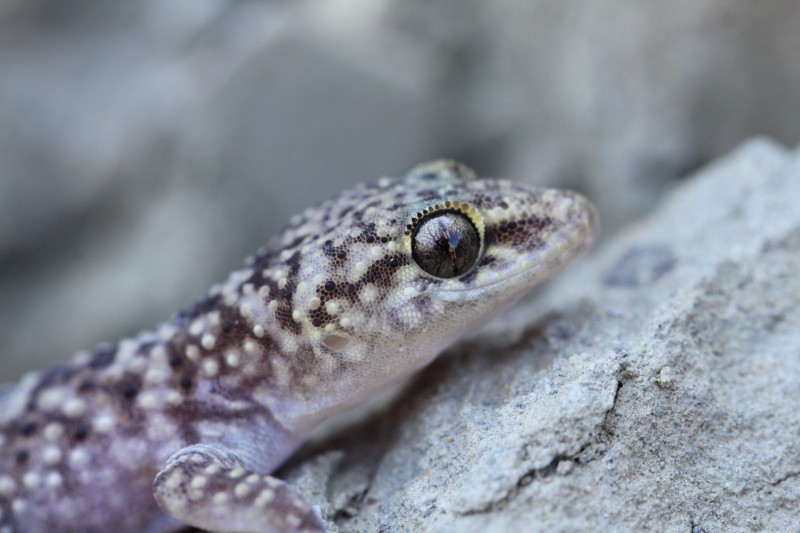
Mediterranean house geckos and similar species provide apartment keepers with active, entertaining reptiles that require minimal floor space. These small geckos, typically reaching only 4-5 inches in total length, thrive in 10-gallon vertical setups with climbing structures that take advantage of their remarkable ability to scale almost any surface with their specialized toe pads. Their nocturnal activity patterns mean they become most active during evening hours when many apartment dwellers are home to enjoy their antics. House geckos consume small insects exclusively, making them effective biocontrol agents for any stray insects that might enter apartment spaces. Their translucent skin, through which one can observe some internal organs and digestive processes, provides a fascinating glimpse into reptile biology without requiring elaborate or space-consuming setups.
Mourning Geckos: Tiny Parthenogenetic Marvels

Mourning geckos offer apartment keepers a truly unique reptile experience, as these tiny lizards reproduce through parthenogenesis, meaning females produce fertile eggs without male fertilization. These diminutive geckos rarely exceed 4 inches in total length, making them suitable for remarkably small enclosures – even specialized terrariums as small as 8x8x12 inches can house small groups. Their parthenogenetic reproduction represents both an advantage and consideration for apartment living – keepers can experience the fascinating breeding process without maintaining separate enclosures for males and females, but must also be prepared for eventual offspring. Mourning geckos produce charming vocalizations that sound like tiny squeaks or chirps, audible only when very close to their enclosure and far too quiet to disturb apartment neighbors. Their primarily fruit-based diet (commercial powdered mixes supplemented with tiny insects) simplifies feeding routines for busy apartment residents.
Creating Appropriate Habitats in Limited Space
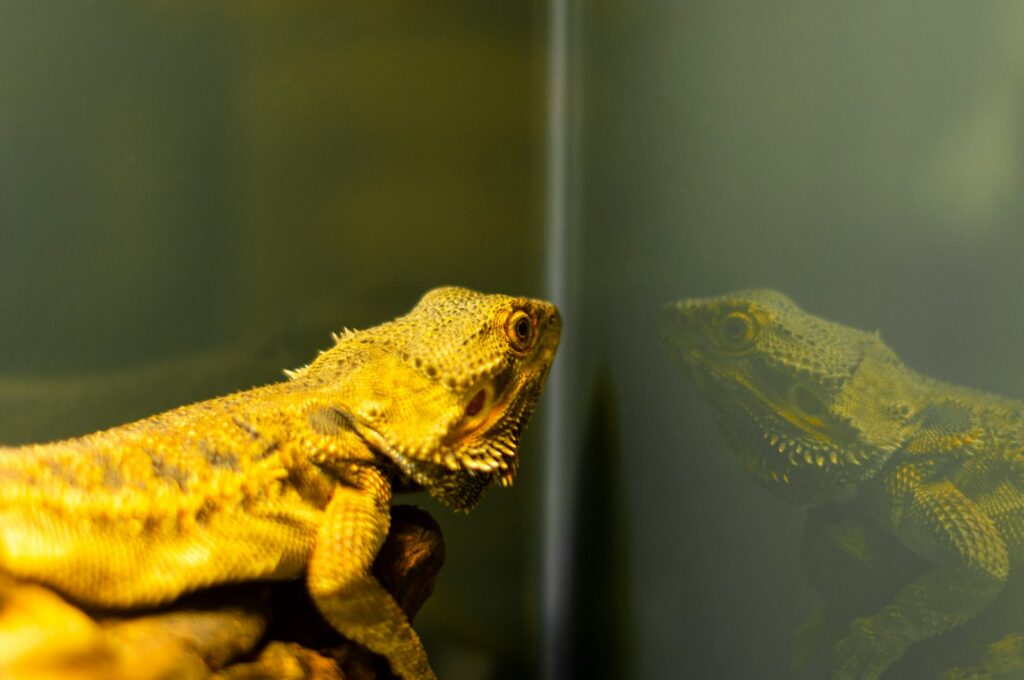
Apartment reptile keepers can maximize limited space by selecting enclosures that utilize vertical dimensions when appropriate for arboreal species. Specialized terrariums with front-opening doors often provide better accessibility in tight spaces than traditional aquarium-style tanks with top openings, which may require clearance above for maintenance. Furniture-quality enclosures have emerged as an excellent option for apartment dwellers, combining aesthetic appeal with functionality – these cabinets, credenzas, and end tables with built-in terrariums blend seamlessly into living spaces while providing appropriate reptile habitats. Space-efficient equipment options, such as combined heating/lighting fixtures, thermostats that control multiple enclosures, and compact filtration systems minimize the footprint of necessary supplies. Creating designated storage solutions for infrequently used items like extra substrate, seasonal decorations, or quarantine enclosures helps apartment keepers maintain organization in limited spaces.
Apartment-Friendly Reptile Care Routines
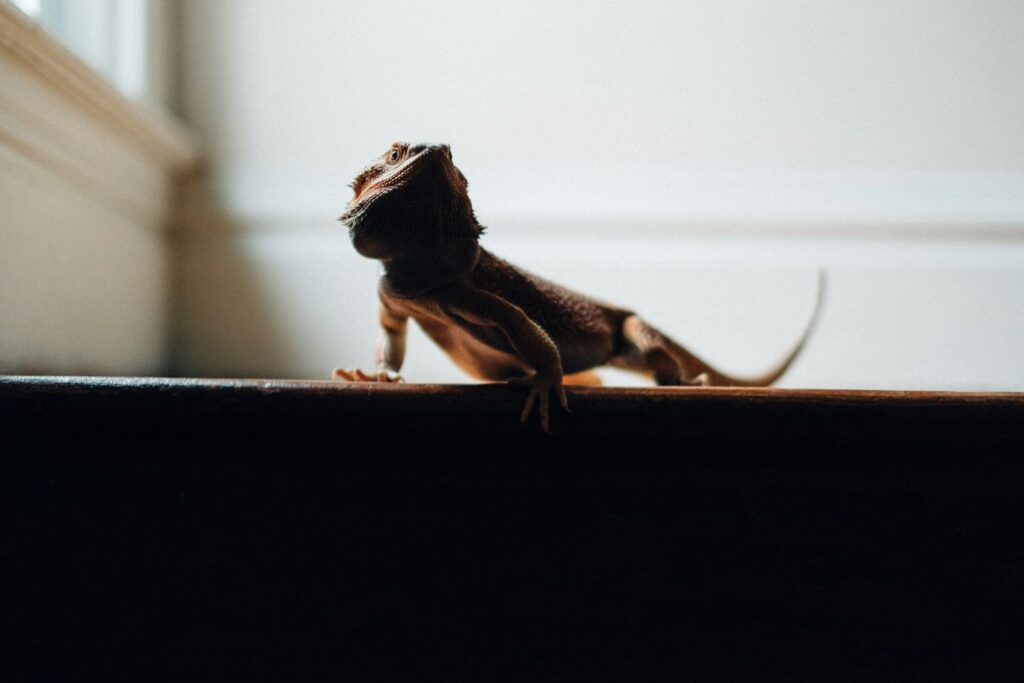
Successful apartment reptile keeping requires establishing maintenance routines that minimize disruption to both human and animal inhabitants. Selecting substrate options that require less frequent complete changes, such as bioactive setups with cleanup crews or easily spot-cleaned materials like reptile carpet, reduces the need for messy full-enclosure maintenance sessions. Developing feeding schedules that align with your apartment lifestyle – such as selecting reptiles that eat primarily at night if you work during daytime hours – creates natural rhythms that benefit both keeper and pet. Creating designated spaces for necessary maintenance tasks, like a specific area of the bathroom for soaking water bowls or a folding table that provides a temporary work surface for substrate changes, streamlines care routines in limited spaces. Storing perishable food items efficiently, such as using compact cricket keepers rather than bulky commercial containers or portioning frozen rodents into weekly supplies, maximizes the limited refrigerator and freezer space available in typical apartments.
Apartment living and reptile keeping can harmoniously coexist with thoughtful species selection and habitat planning. The reptiles highlighted here offer fascinating behaviors, evolutionary adaptations, and unique appearances while respecting the space limitations inherent to apartment living. Whether you’re drawn to the prehistoric charm of gargoyle geckos, the gentle temperament of leopard geckos, or the mesmerizing movements of small snakes, these scaled companions provide the rewards of reptile keeping without demanding excessive space or creating disruptions for neighbors. By selecting appropriate enclosures, establishing efficient care routines, and choosing species known for their adaptability to captivity, apartment dwellers can experience the joy and fascination of reptile keeping regardless of square footage limitations.









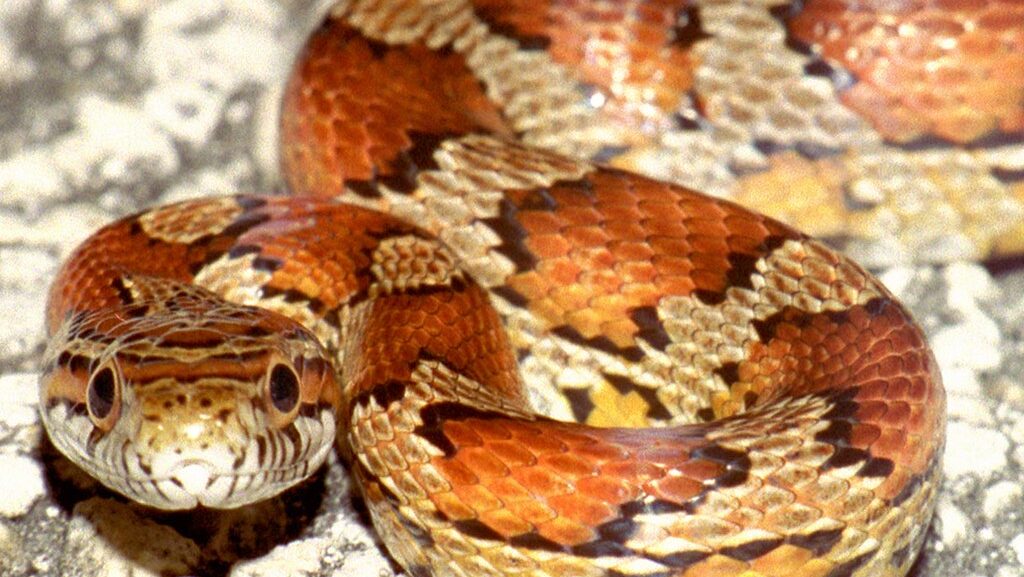
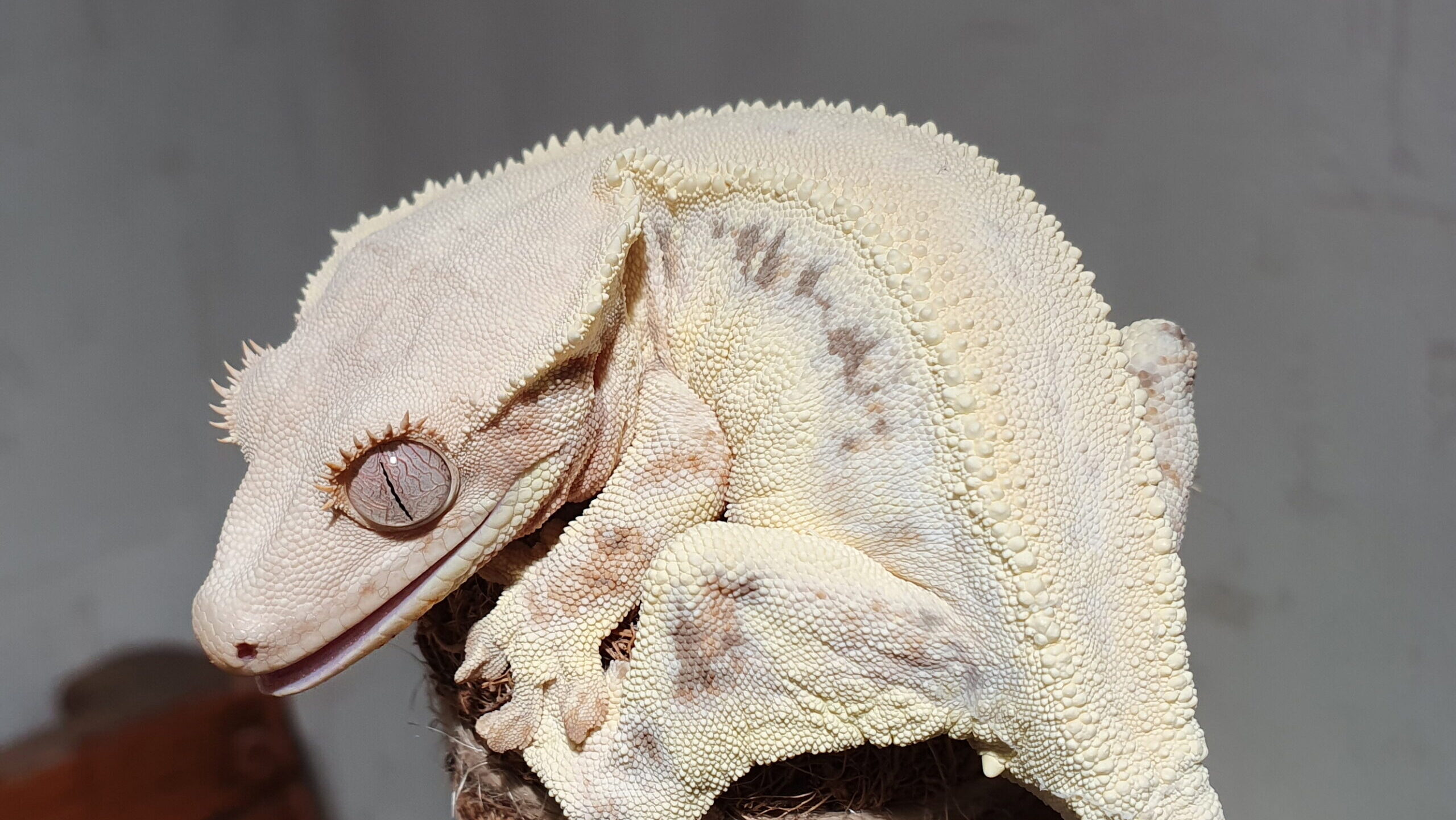





Leave a Reply